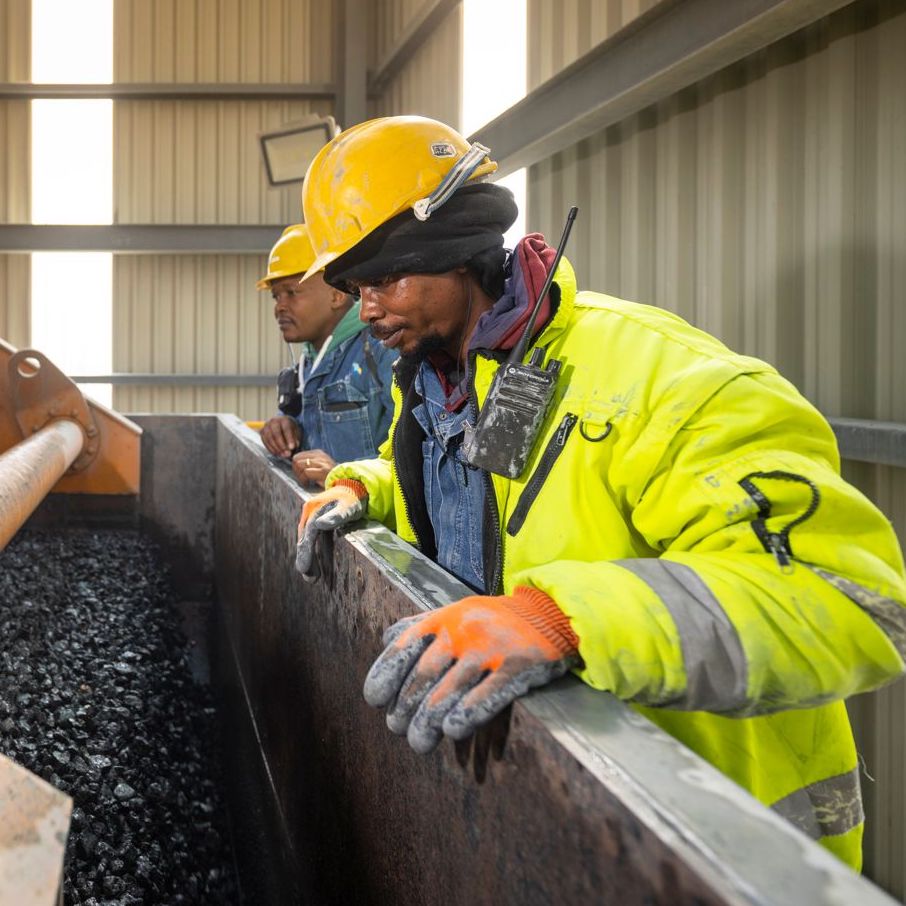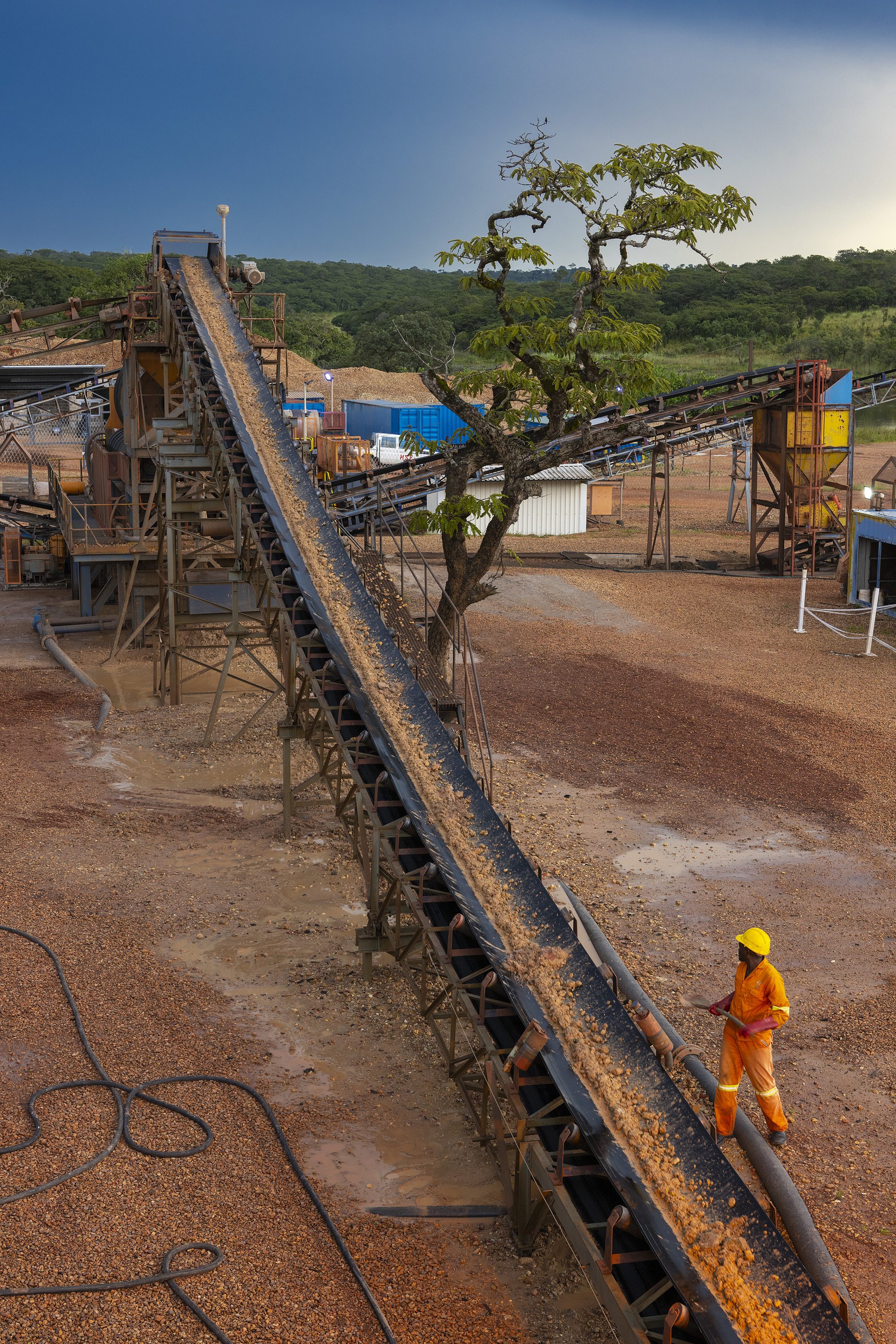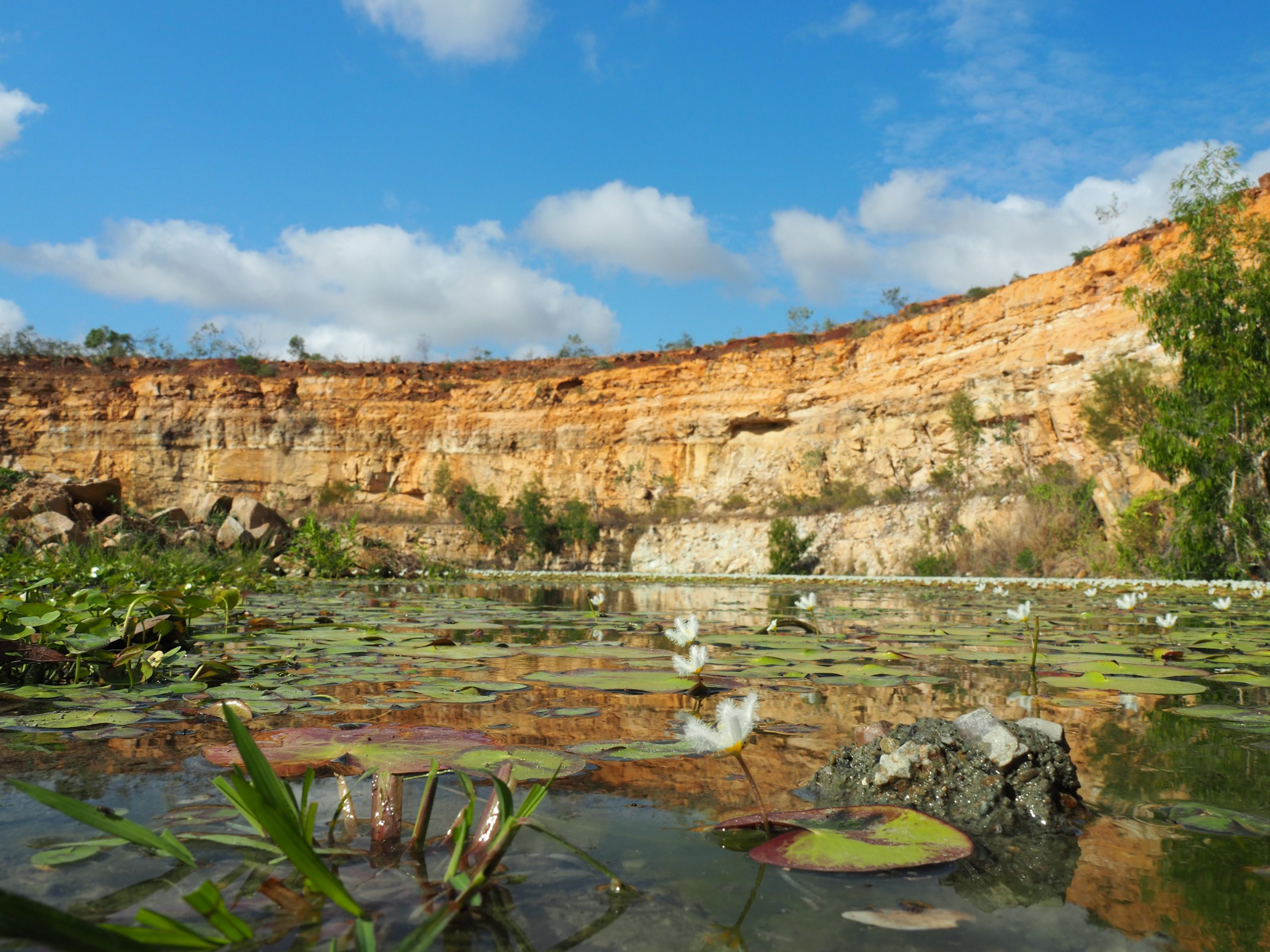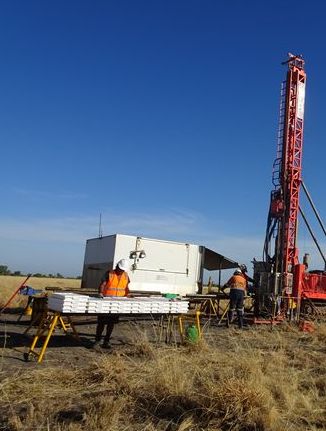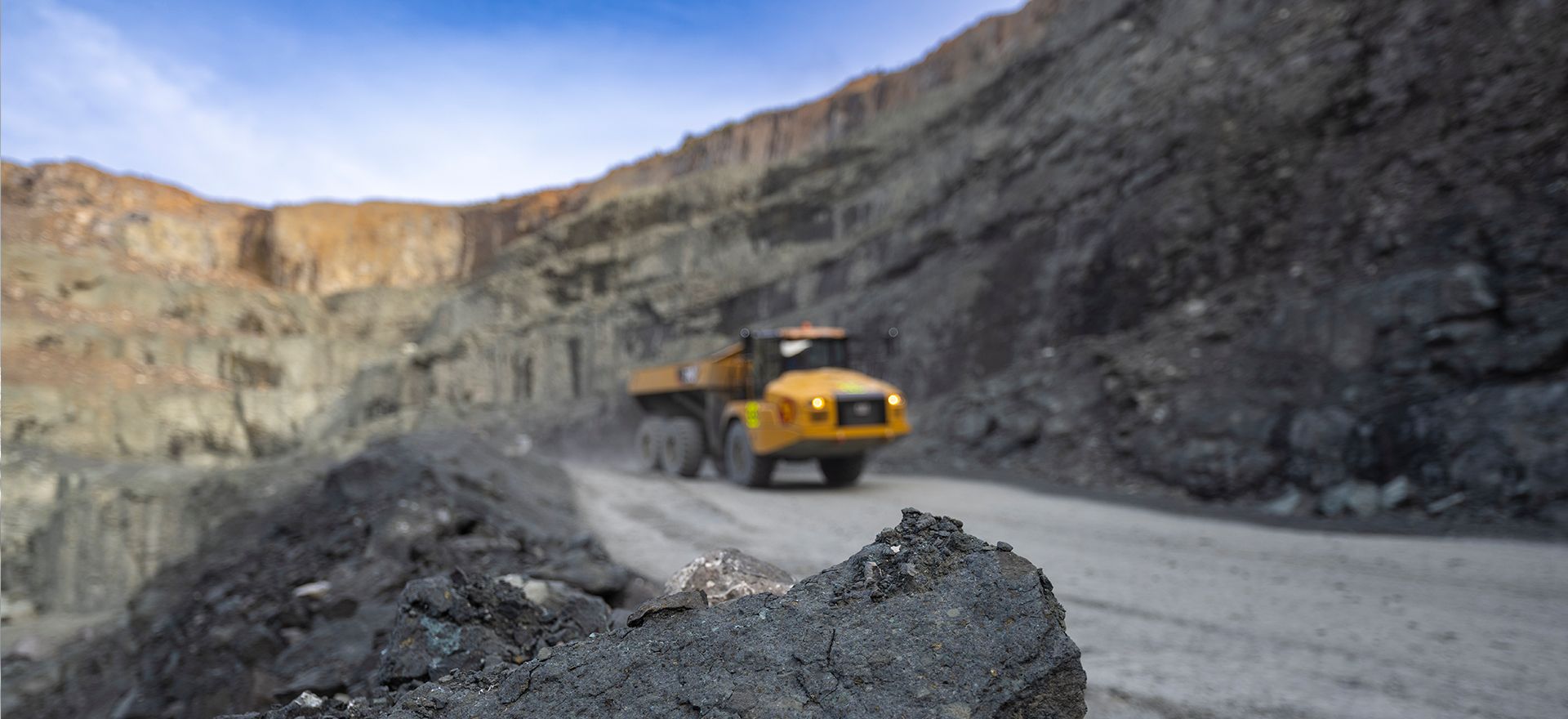
Our—
PROJECTS
Our locations
Explore our assets
Want to learn more about our mines and exploration projects? Click on the map to discover the where we operate.

Lulo Kimberlite Exploration
Lucapa and its partners are exploring for the primary source of the large high value diamonds which are recovered through the alluvial mining activities at Lulo. We are accelerating the search for the kimberlites which hosted those stones.
Lulo Alluvial Mine
A prolific producer of large high value diamonds, Lulo production takes the crown for the highest price per carat for alluvial diamonds in the world.
Merlin Diamond Project
Two decades ago, Merlin produced half a million carats of diamonds over five years. After acquiring it in 2021, Lucapa has conducted a Scoping Study and is currently undertaking a feasibility study to bring the project back into production.
Brooking Lamproite
Exploration Project
Early stage exploration project in Australia’s West Kimberley region with a history of producing diamonds.
Our Assets
Our operations
We operate one mine with local partners and have development and exploration projects across Africa and Australia.
Our mining interest is in the Lulo Alluvial Mine in Angola. We are exploring for diamonds in Angola and conducting a feasibility study into the development of the Merlin Diamond Project in the Northern Territory of Australia.
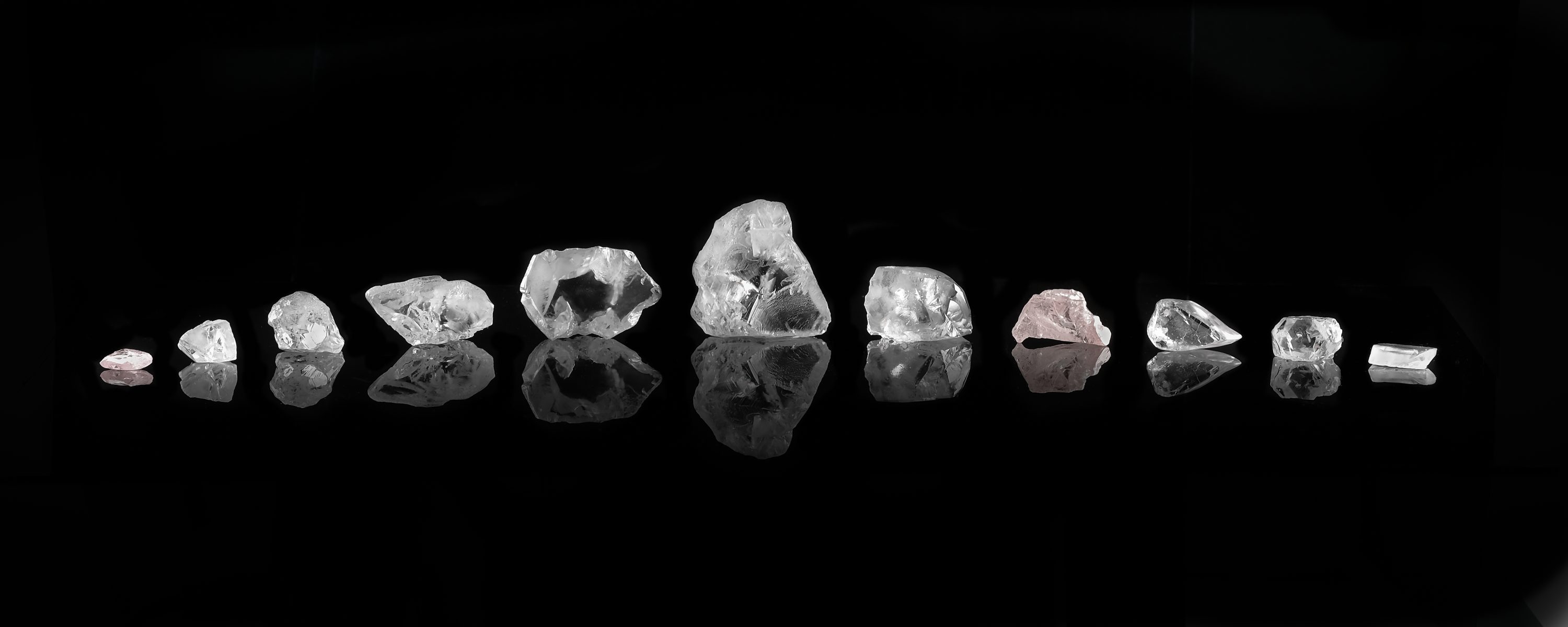
Sales & marketing
Our diamonds are currently marketed through unique cutting & polishing partnerships, tenders and negotiated sales.
Lulo Diamond Sales
Diamonds from the Lulo operation are sold through regular run-of-mine sales during the year, or via Special stone tenders which are organised by Sodiam. Exceptional and high-value diamonds are sold via these tenders.
Lucapa continues to enjoy a partnership with high-end diamantaire Safdico International, a subsidiary of renowned fine jeweller Graff, which ensures that the mine continues to reap benefits from beyond the mine gate.
Safdico, as a preferred buyer of SML diamonds, is eligible to purchase up to 60% of Lulo’s annual rough production from SML, as is permitted under Angola’s diamond marketing regulations.
The cutting & polishing activities mean that Lulo receives additional revenue produced by the cutting and polishing margins.
The diamond cutting process
How the diamond cutting process works.
All diamond mines produce gem quality and non-gem quality diamonds. The gem quality diamonds are polished for jewellery while the non-gem quality diamonds are used in industrial applications. Once rough diamonds are recovered from the mine, they go through a separate process to create the polished gem from the rough stone. Diamonds are the hardest known substance at 10 on the Mohs scale of hardness and they are notoriously difficult to facet. Each step of the manufacturing technique is done with precision to obtain the greatest yield and value from the rough diamond. Computer driven technology, lasers and measurement systems have greatly aided this process in recent decades.
Sorting
Rough gem quality diamonds are sorted according to their individual characteristics dictated by size, colour, shape and clarity.
Planning
Planning is a time-consuming process because it is one of the most important stages to get right. The diamond is mapped out with the aid of computer-generated software which shows the cutter the best way to optimise the rough to minimise waste and maximise value of the polished gemstone.
Cleaving
Cleaving is the stage where the rough diamond is split into two parts either using a laser or mechanical saw to allow the diamond cutter to work on individual pieces.
Bruting
This part of the process is when the polished diamond begins to take shape. Bruting is performed by rotating one diamond against the other to progressively grind away the excess and make the diamonds round.
Polishing
To polish the diamond it is placed on a rotating arm using a spinning wheel to create smooth and reflective facets. This is when the brilliance and sparkle of the diamond is determined. Most diamonds have 57 or 58 facets, however this can vary depending on the shape of the gem.
Inspecting
This is the last stage where the diamond is inspected to ensure it meets manufacturer specifications. If it doesn’t, the polishers must touch up the stone to meet quality control. The stone is then graded by the GIA or AGS and a certificate issued for that specific diamond detailing the 4C’s – colour, cut, clarity and carats.

Sustainably Mined Natural Diamonds
Our diamonds are ethically produced.
We operate under the World Diamond Council’s System of Warranties and adhere to the Kimberley Process. We are committed to protecting our people and planet by ensuring our operations are environmentally responsible and have high safety standards for our employees and the local communities in which we operate.
